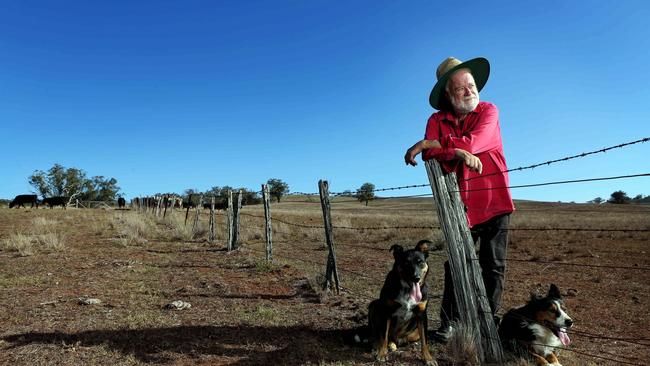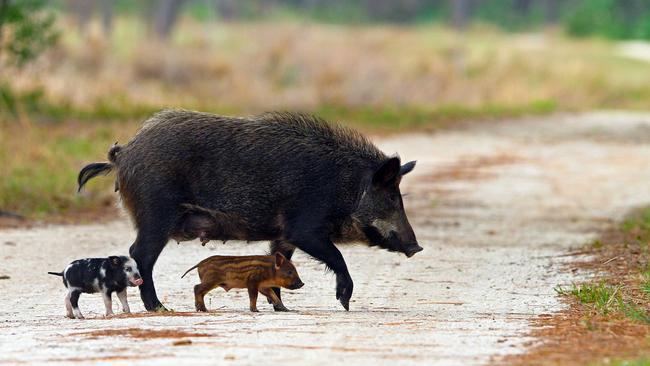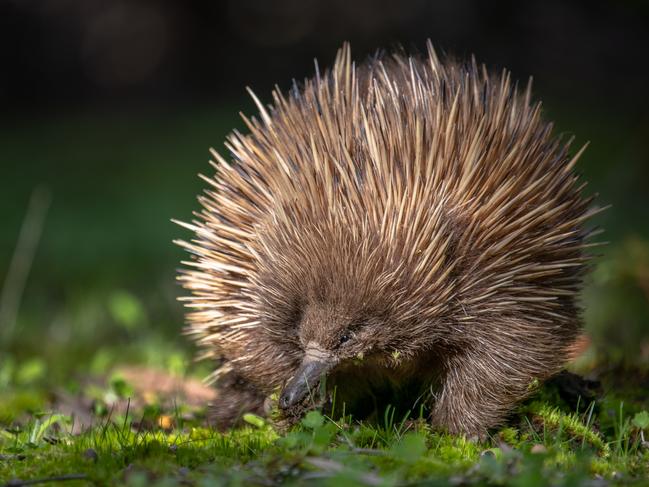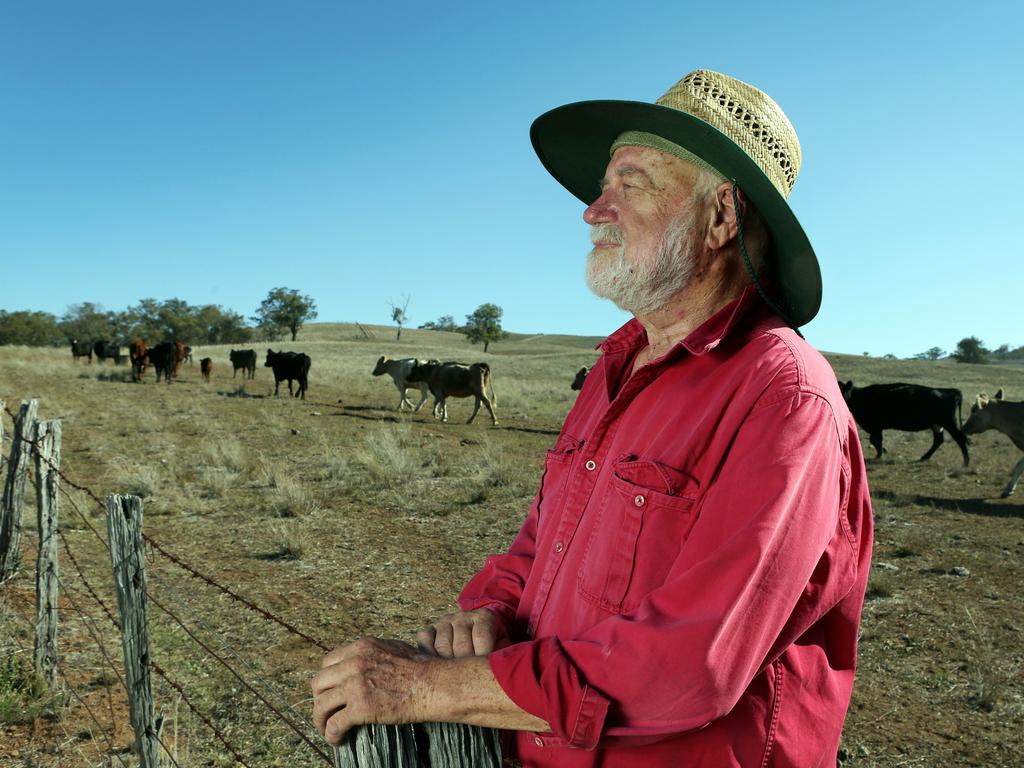What does a biodiversity census of my farm reveal?
Noah could overfill his ark at Elmswood. And given the threat of climate change, we’d like to provide more passengers for his cruise ship.

You can’t have too much of a good thing, the old saying goes. But of course, not all things are good. Such half-thoughts flickered through my dwindling number of neurons when I was pondering the idea (or ideal) of biodiversity. As farmers, we take pride in increasing it at Elmswood, our 10,000-acre property (farmers prefer acres to hectares) in NSW’s Upper Hunter Valley. That’s why, decades ago, we “locked up” some of Elmswood’s wilder acreage to encourage it.
Leaving aside all the trees, grasses, insects and fungi (far too numerous to enumerate), let’s start with a census of the bio. We’d prefer not to have feral animals. Despite the help of myxo and calicivirus, bunnies are still a pest. It’s been a long time since they were pestilent, denuding entire hillsides, but they still attack Patrice’s vegetables. Hares are far rarer; they’re welcome to stay. Foxes can be a problem, as are wild dogs. And we occasionally see our Indigenous dog, the dingo. Feral goats leap around the loftier crags, and we’ve found fallow and red deer mingling with the cattle. But the biggest problem? Feral pigs. Nothing stops these dangerous brutes, these living bulldozers, from wreaking havoc on fencing, paddocks and crops. No matter how many we trap or shoot, it feels like a losing battle.

The homestead is also at the junction of two rivers, the Isis and the Pages, and here the problem is feral fish. Especially those escapees from fish ponds, the European carp. They’ve almost displaced the natives; we rarely see catfish or eels any more. And our beloved platypuses have found life tougher. Frogs survive and Pat is currently recording their croaks and clicks for a “citizen science” project. We have the odd koala, a few wombats and many echidnas.

Lizards from gigantic goannas to bluetongues, frillies and geckoes. And a veritable spaghetti of snakes – browns, blacks, red-bellies, the occasional tiger and rarer species. We once discovered a snake had been living under a TV set, leaving the evidence of shed skins. Living there just feet from where our daughter Rory learned to crawl and walk.
We have a pet cemetery for the dozen dogs that have died of snakebite. Humans, including me, have narrowly escaped. Snakes are protected but what protects us from snakes?
We also have kangaroos and their brethren by the thousand. Eastern greys, wallaroos, rock wallabies. We live in harmony most of the time.
Along with smaller raptors, wedge-tailed eagles soar above us. There’s an ever-changing aviary, ranging from kookaburras and technicolour parrots to tiny double-barred finches that nest in a bush lemon tree on our patio. Willy wagtails nest on the beams above, too. Both hatch their eggs and teach their chicks to fly within arms’ reach.
Solitary native bees coexist with our European honeybee hives. But lately we’ve had to face the threat of varroa mite. As well as drought, flood and bushfire, big threats can be very tiny. We have a rueful saying: “Never a dull day at the farm.”
Noah could overfill his ark at Elmswood. And given the threat of climate change, we’d like to provide more passengers for his cruise ship. We’re determined to make our biodiversity ever more diverse. And more bio.







To join the conversation, please log in. Don't have an account? Register
Join the conversation, you are commenting as Logout